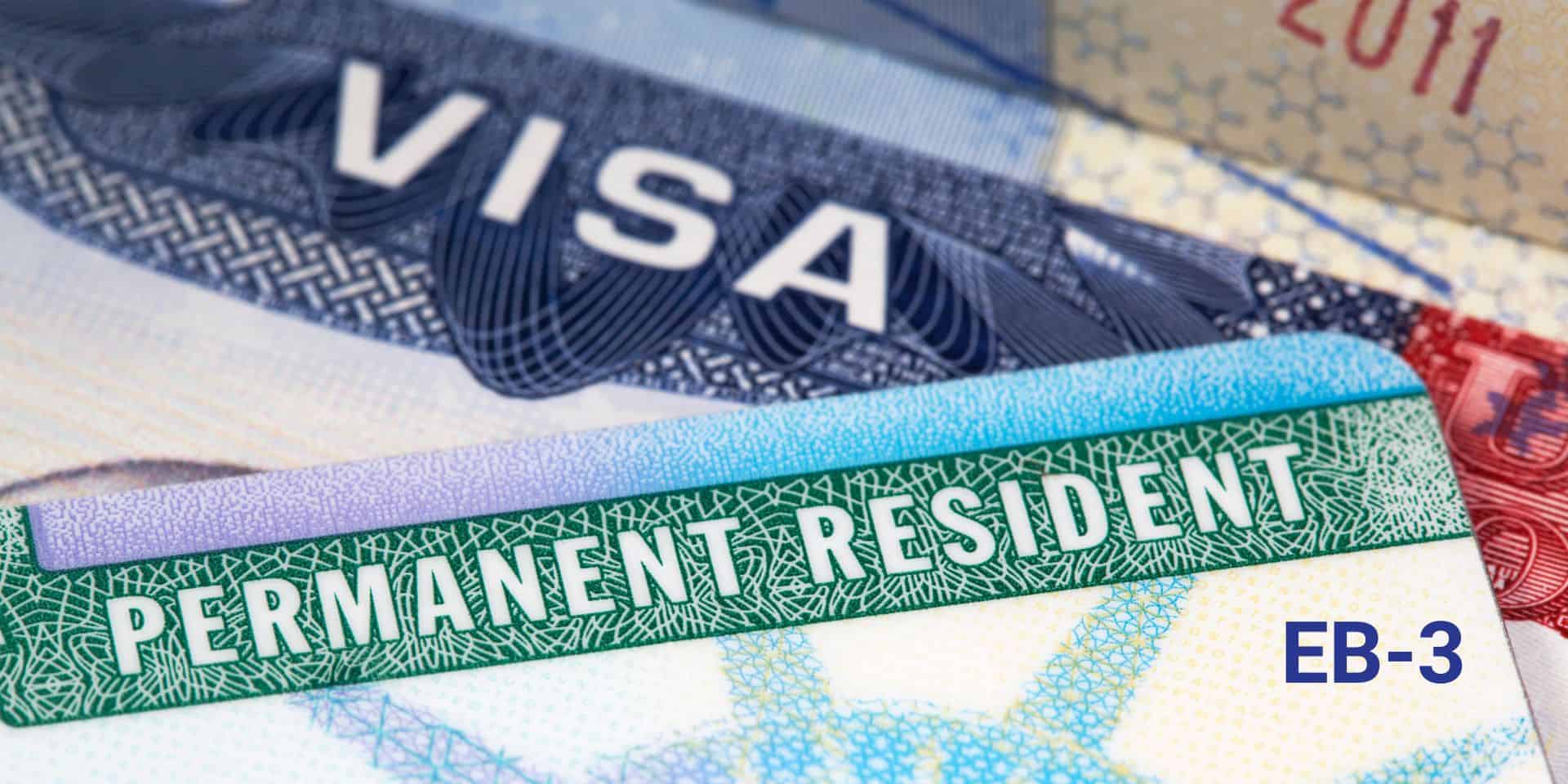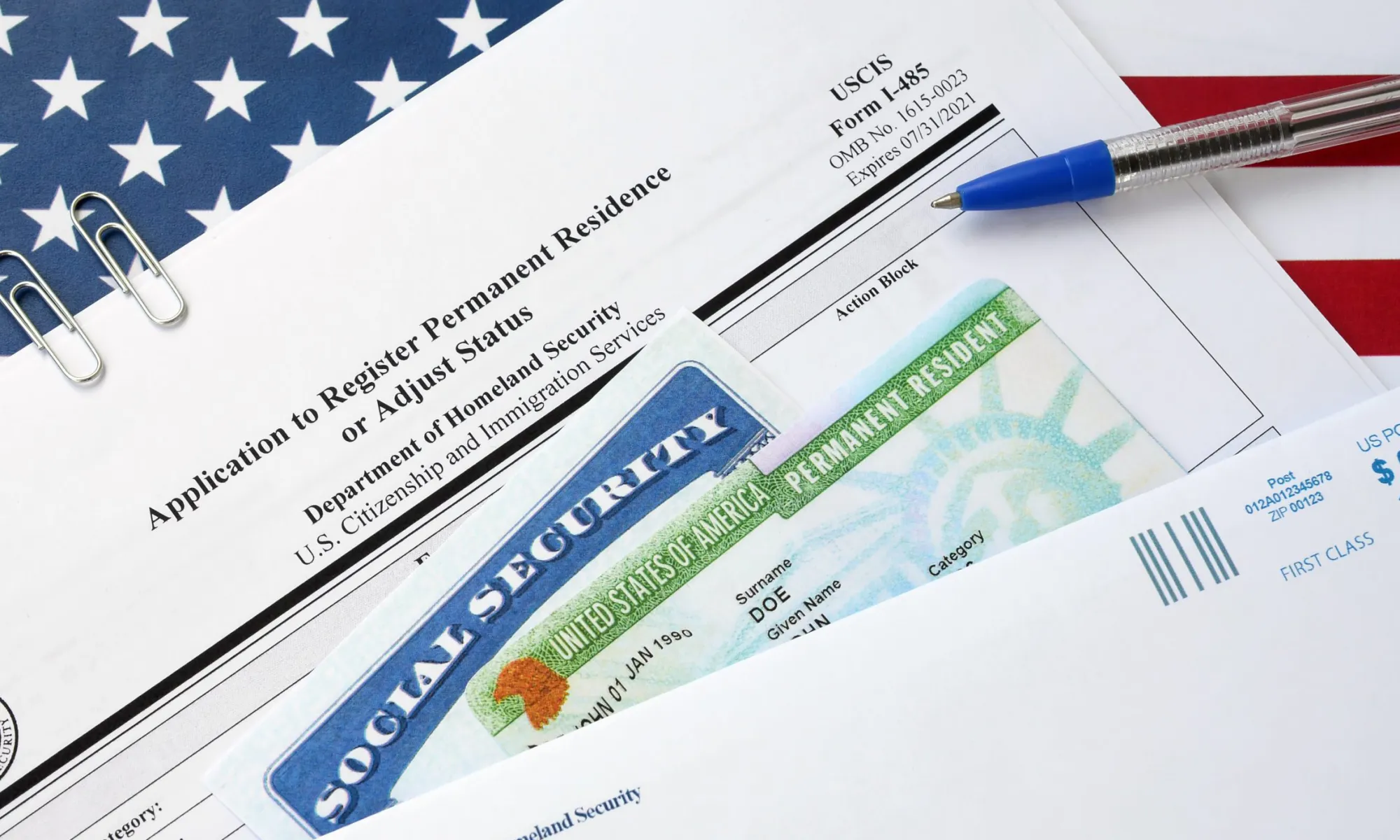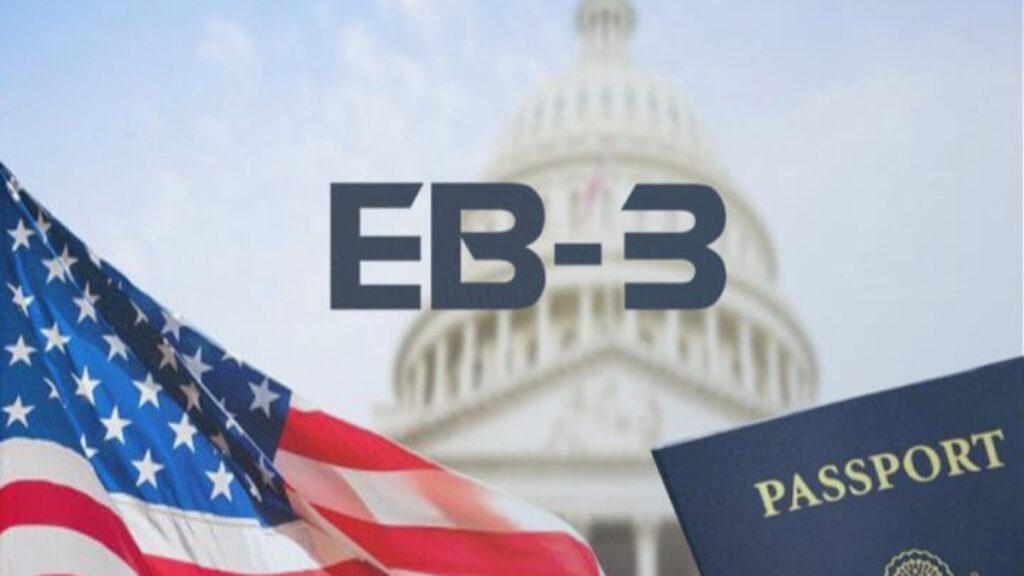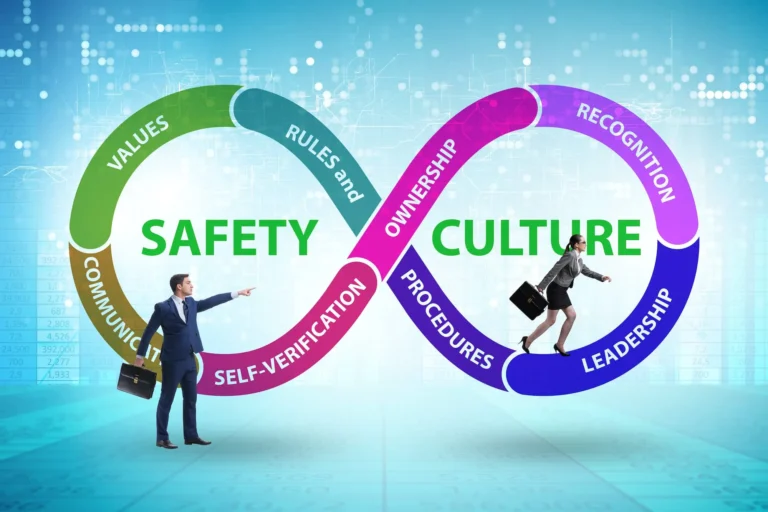A few days ago, the US Department of State released the June 2025 Visa Bulletin, providing the much-awaited hopeful updates on employment-based immigration, particularly for the Indian applicants in the EB-3 Visa category. As per the most recent bulletin, the Final Action Date (FAD) in the EB-3 category for Indians has been advanced from December 15, 2013, to February 1, 2013.
For the onlookers, this small shift might mean nothing out of the ordinary, but for the thousands of Indian applicants, this advancement is a sign of progress in their green card process. Thus, this guide shall minutely examine the impact of the change on India, view some related historical context, and recommend some strategies for navigating the complex EB-3 Green Card Program.
Discerning the EB-3 Visa category and why it is backlogged

The EB-3 Visa, or the employment-based visa, is for that category of individuals who are unqualified for the EB-1 or EB-2 categories but have the requirements that fit the US’s high-demand jobs. This category is primarily divided into three subcategories:
- Skilled workers are those individuals who have at least two years of vocational training or relevant job experience, such as electricians, technicians, etc.
- Professionals are individuals with at least a US bachelor’s degree or its foreign equivalent, such as accountants, software developers, etc.
- Unskilled workers or other workers are classified into job roles with minimal or zero need for advanced education, yet are vital to the US economy, such as farmhands, janitors, etc.
The cause of India’s EB-3 visa backlogs
Under the EB-3 Visa Green Card Program, Indian applicants have been enduring the longest wait times due to various variables, including policy changes and demographic factors.
- Annual Visa Caps are limited to only 40,000 EB-3 visas globally.
- Per-country limits cannot exceed 7% of the available EB visas in a fiscal year.
- India faces a demand-supply imbalance due to an extensive pool of healthcare, IT, and skilled labor professionals that exceeds the standard caps, forming a prolonged backlog.
Key takeaways from the June 2025 EB-3 Visa Bulletin
Here’s a preview of the EB-3 Final Action Dates (FAD) ranging from May to June 2025:
| Country/category | May 2025 FAD | June 2025 FAD | Changes |
| EB-3 India | December 15, 2012 | February 1, 2013 | +6 weeks advancement |
| EB-3 China | September 1, 2020 | October 1, 2020 | +1 month advancement |
| EB-3 rest of the world | Current | Current | No change |
What does the 6-week advancement mean?

This 6-week advancement, in a true sense, is a positive signal gaining traction after such a long-stalled period for the Indian EB-3 applicants. It generates prospects of new opportunities for applicants with early 2013 priority dates, progressing towards the final stages of their EB-3 Green Card job journey.
- New eligibility for Green Card processing: Indian applicants who received priority dates between December 15, 2012, and February 1, 2013, are now qualified to start the consular processing abroad or file their Form I-485 (Adjustment of Status).
- A sign of processing momentum: This small change implies that the USCIS and the Department of State are slowly working to clear the backlogs, overcoming the sluggish progress of the past.
- Reason for measured optimism: If the upcoming bulletins do not see any further changes, Indian applicants with 2013-2014 priority dates are likely to see relief between 2026 and 2027.
EB-3 India movement over the years
Being aware of the historical context of the pace of EB-3 visa Indian movement will likely present a valuable insight:
- 2015-2020: The Final Action Date for India was delayed with massive backlogs between 2004 and 2009, subject to overwhelming demand.
- 2021-2022: During the COVID-19 pandemic, surplus visa slots resulted in temporary progression in some categories.
- 2023-2024: Post-pandemic, the movement dawdled again, reverting to more conservative pacing, roughly about 6 to 12 weeks per bulletin.
- 2025: As of now, we are noticing a slow yet steady pace, which is a sign of proactive advancement.
Wait time estimates for EB-3 Indian applicants
After assessing the current patterns and the newest bulletin, here’s an estimated wait list for various applicants:
| Priority date | Estimated wait time | Considerations |
| 2013-2014 | 1-3 years | Potential to become current by the year 2026-2027 |
| 2015-2017 | 5-8 years | Might be influenced by future reversion |
| 2018-2024 | +10 years | Highly reliant on reform efforts |
Important note: These estimates are simply based on current policy because any international events or legislative changes could either accelerate or worsen the timelines.
Smart strategies to manage the EB-3 backlog
Steering through the EB-3 Visa Green Card Program needs strategic decision-making and proactive planning. Below are the chosen four approaches:
- Consider upgrading to EB-2 category: Providing that you hold a master’s degree or +5 years of job experience, you are eligible to reclassify your case to EB-2 for speedier processing.
- Stay informed of monthly updates: Take note of the Visa Bulletin and subscribe to newsletter updates from trusted and relevant law agencies to adjust your strategy.
- Use premium processing: You may pay $2,500 to accelerate I-140 petitions with the USCIS within 15 calendar days.
- Explore other alternative options: For quicker scope to permanent residency, you can consider the O-1 visas, L-1A/B transfers, or EB-5 Investor visas.
Could reform reshape the EB-3 landscape? A legislative viewpoint
Many of the proposed bills have the power to dramatically speed up the wait times for Indian applicants in the EB categories. These proposals are:
- Elimination of Per-Country Caps, like the H.R. 1044/S.386: If passed, this provision could eliminate the Per-country 7% cap, signaling allocation of green cards on a first-come, first-served basis irrespective of the country. This would greatly benefit Indian applicants with EB-2 and EB-3 visas.
- Visa recapture legislation: More than 200,000 EB green cards are estimated to be unused over the past years. Reclaiming them could likely cut down the wait times by many years.
However, such provisions are faced with political hindrances, such as a lack of full bipartisan immigration reform support and disagreement from the lawmakers who represent less-impacted or smaller countries.
To sum up

The June 2025 EB-3 visa Bulletin brought a glimmer of positive light to long-awaited Indian applicants. While the 6-week advancement might not fully resolve the backlog case, it does imply incremental progress in the EB-3 Visa Green Card Program. Therefore, prospective Indian applicants and respective employers must be updated on all the legislative changes, ready documents, and also consult with reliable immigration lawyers to obtain an edge on the situation.







